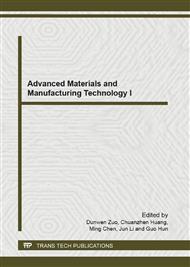p.339
p.344
p.351
p.355
p.359
p.364
p.368
p.372
p.376
Applied Civil Engineering Training Location Study
Abstract:
Applied Civil Engineering Training has great significance to our infrastructure career. This article combines the characteristics of the subiect civil engineering training, from the following aspects, the development of the national economy, the promotion of the urbanization level, the prosperity of the construction industry, the reform of the industry and the trend of economic globalization and so on , to discuss the demand orientation of Applied Civil Engineering Training. From creative ability, comprehensive quality promotion, the difference between application-oriented personnel and skilled and technical personnel, to make a exposition of Applied Civil Engineering Training. From building practice teaching system, reform of examination system and so on ,to clear the method location. It provides guidance and reference to Applied Civil Engineering Training.
Info:
Periodical:
Pages:
359-363
Citation:
Online since:
January 2012
Authors:
Keywords:
Price:
Сopyright:
© 2012 Trans Tech Publications Ltd. All Rights Reserved
Share:
Citation:


